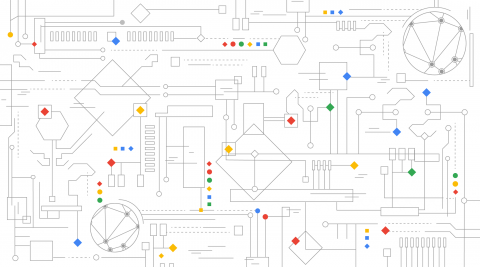Modern Data Architecture with Data Lake Using Talend
Data lakes: smooth sailing or choppy waters? In May, Talend announced its support for Databricks’ open source Delta Lake, “a storage layer that sits on top of data lakes to ensure reliable data sources for machine learning and other data science-driven pursuits.” What does this mean for your company, and is Delta Lake right for you?








